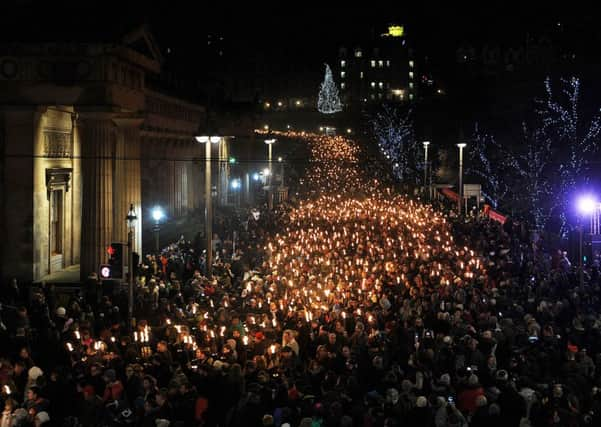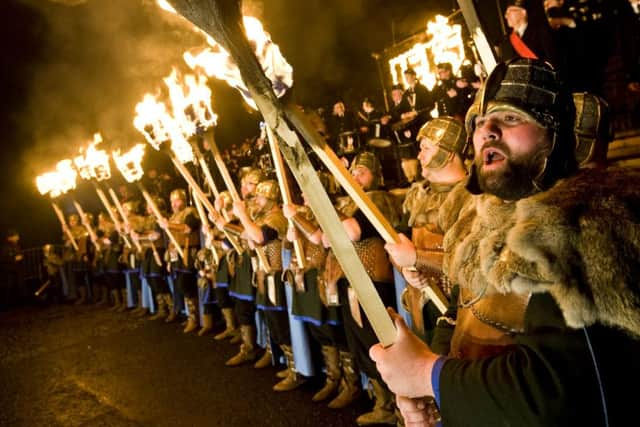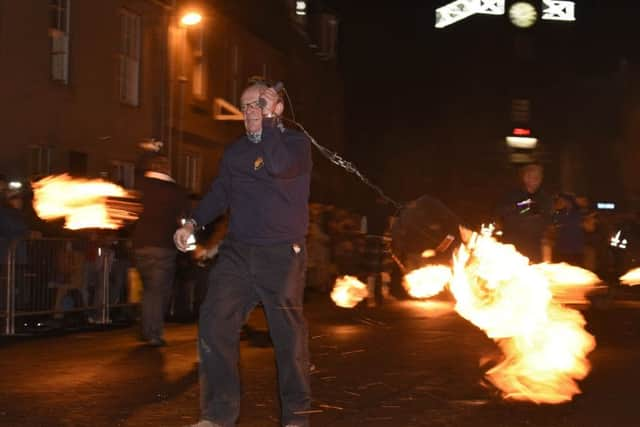Scotland’s Hogmanay: origins and traditions


Despite many theories as to its origins, no-one knows for sure where the word “Hogmanay” originated from. What is known is that Hogmanay is the Scots word for the final day of the year, and today it is most frequently used to refer to the evening’s celebrations. Theories have placed “Hogmanay” as a product of Gaelic or Norman-French origin, with the similarities to “Homme est né” (“Man is born”) in French also being noted.
Scotland’s raucous new year celebration is the descendant of a Viking festival which acknowledged the winter solstice. In addition to this, Christmas in Scotland was a very muted affair for over 300 years, as it was seen as a Catholic festival by Scottish Protestant kirks and duly banned after the Reformation.
Advertisement
Hide AdAdvertisement
Hide AdDr Alan MacDonald, Senior Lecturer in History at the University of Dundee, explains. He said: “The principal reason why Hogmanay is bigger in Scotland than in the rest of the UK is that our Reformation was more radical than in other places in Europe. A lot of Medieval European traditions were dropped, including Christmas, so a lot of Scots took the view that the only day worth celebrating for religion was Sunday.


“The reason for everyone celebrating new year was that people needed something to make them happy and they weren’t allowed to celebrate Christmas!”
As well as banning the celebration of Christmas, Scotland was one of the earliest nations to change its New Year’s day from 25 March to 1 January; marking a clear moment in winter where one year ended and one began. Crucially, though, it gave the nation another event to celebrate that was culturally distinct from Christmas and its Catholic connotations, with presents exchanged and family and friends reuniting during Hogmanay.
In reference to the ceremony’s Norse roots, firework displays and torchlit parades are still common over Hogmanay throughout Scotland, with the Stonehaven Fireball Ceremony one of the most famous in Scotland. Here, large fireballs are swung on metal chains down the town’s main street, signifying the Winter Solstice and the rejuvenating power of the sun.
One of the enduring characteristics of the celebration is to “first foot” the house of a neighbour, friend or family member. To bring good luck to the home, the first person to visit the home after the stroke of midnight should be a dark male with whisky, coal, shortbread or even a black bun. This tradition is believed to refer to Viking times, when the sight of a blonde stranger at your door was likely that of a Viking invading enemy instead of a well-wisher.


To first-foot an empty household is a grave mistake in Scottish culture, as it’s believed to bring bad luck to the home for the new year. Those who make it inside to the Hogmanay party will typically receive well-humoured greetings and conversation, as Hogmanay is traditionally seen as a time to move on from the problems and troubles of the previous year and start again with a clean slate.
In addition, Robert Burns’s world-famous “Auld Lang Syne” may be sung after the New Year bells have tolled. This is historically done with singers holding hands in a circle, before crossing their arms over their chest towards their immediate neighbours and rushing towards the middle to finish the song.
As an added bonus, Scotland is lucky enough to have 2 January as a bank holiday (unlike the rest of UK), a perfect excuse to continue the party well into 2016...